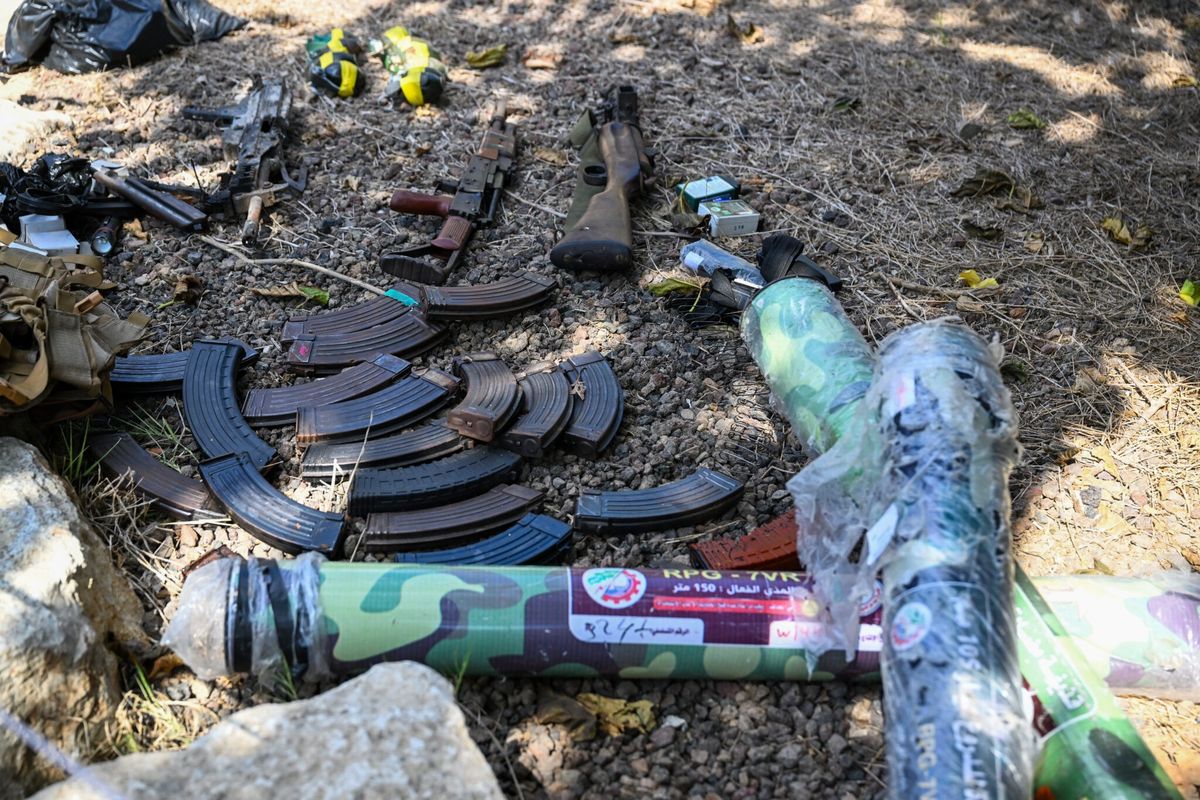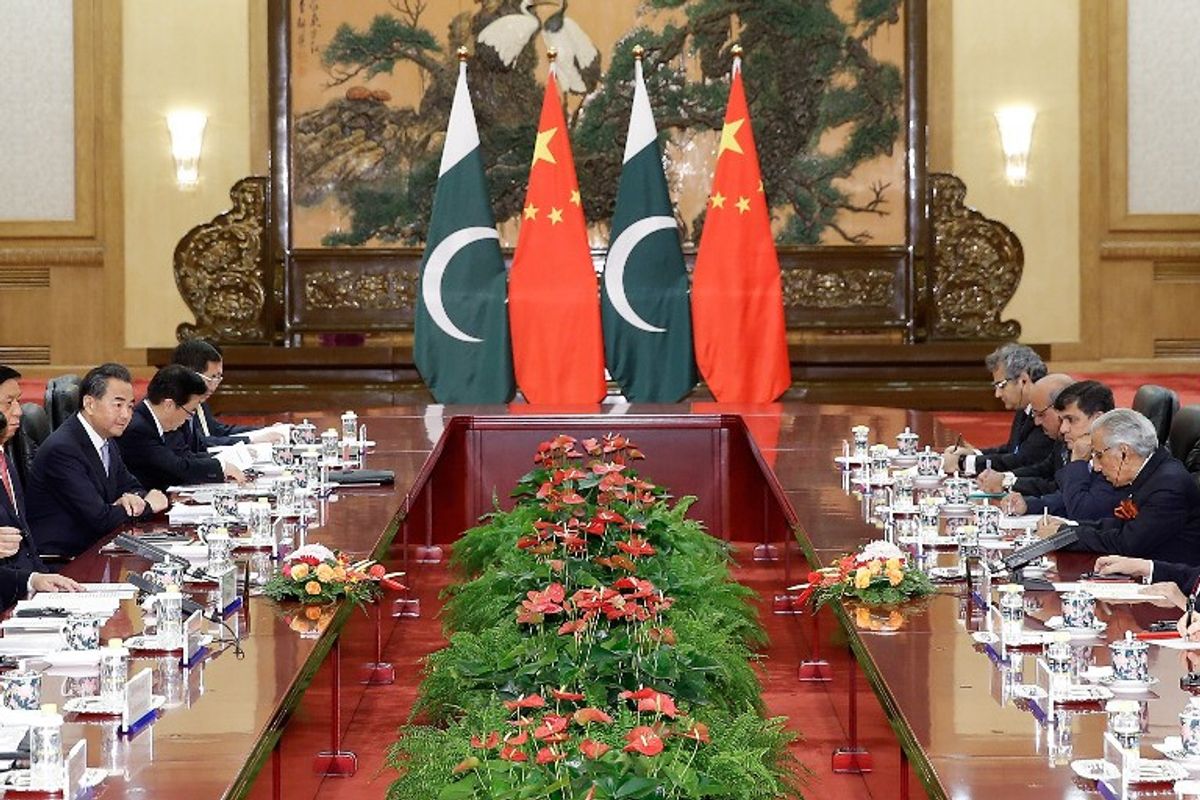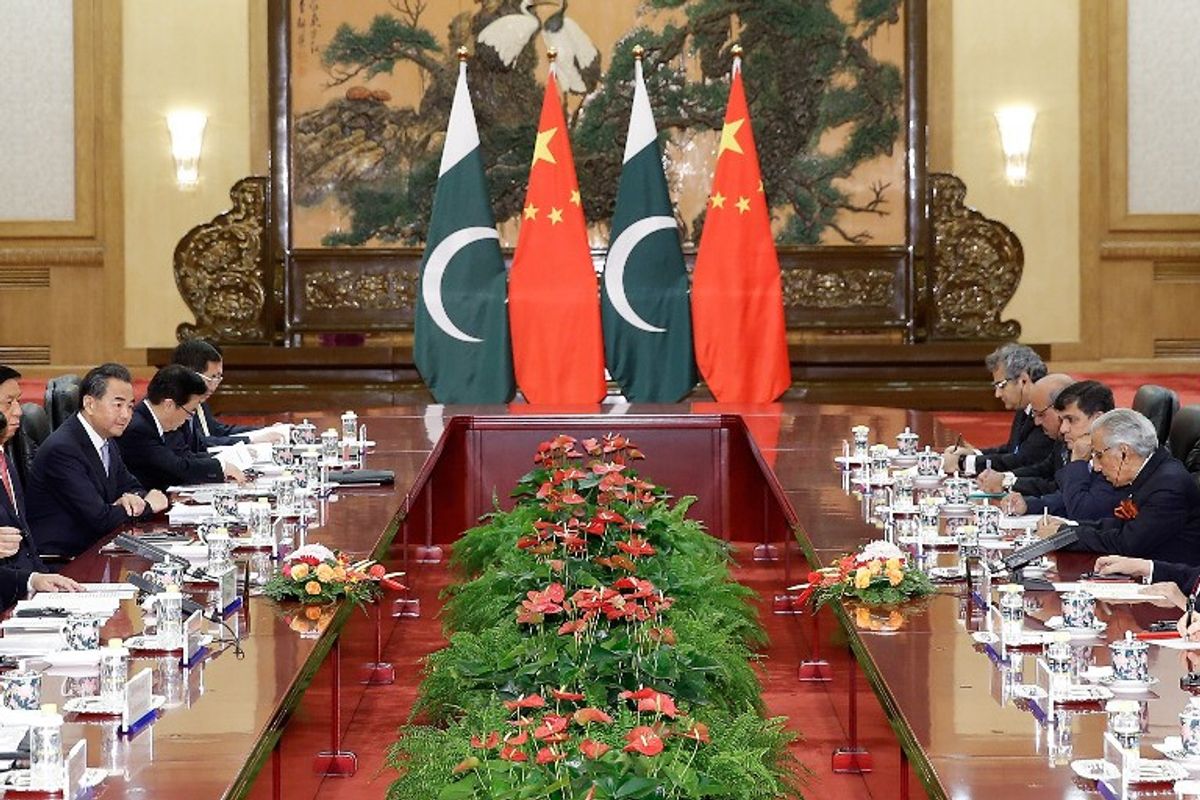Two weeks ago, Egypt appeared to be on the brink. The Egyptian pound, which sold at 5.9 LE/$ at the time of Egypt’s January 2011 “Arab Spring” uprising, had fallen to 8.9 LE/$ on November 2, while traders were buying dollars for 18.2 LE/$ on the black market.
Meanwhile, as revenue streams from foreign investment, aid from Gulf states, and tourism declined, the government instituted stiff capital controls, catalyzing a commodity shortage that became so severe that the Egyptian government raided the sugar supplies of Pepsi and local food company Edita. At the same time, new signs of popular discontent emerged in October: a video of a tuk-tuk driver complaining about the country’s conditions went viral on social media, and when the prime minister visited the Red Sea town of Ras Gharib following a flood, residents protested the government’s slow response and criticized the Egyptian military on television. Most worrying for the government, the Muslim Brotherhood and its allies had called for a “Revolution of the Poor” on November 11 and many anticipated violence: the government claimed that it had shut down a bomb-making factory and arrested militants, while a self-declared leader of the protests vowed to cut off the hands of anyone who attacked the demonstrators.
Yet as has happened many times during the past three years, the doomsday predictions didn’t materialize, and November 11 passed without any significant protests. Still, Egypt isn’t out of the woods: while the government has taken significant steps to address its capital shortages in recent weeks, Cairo knows that these steps entail significant pain and could therefore spark unrest.
Indeed, after years of drawing down its cash reserves to defend the pound, the Egyptian government finally lifted currency controls and floated the pound on November 3. While the move nearly cut the pound’s official value in half and catalyzed an instant spike in prices, it paved the way for the International Monetary Fund to approve a crucial $12 billion loan to Egypt a week later, with $2.75 billion of the loan arriving immediately. Given the political uncertainty of the previous six years, the broad sentiment within Egypt (and one that has been heavily promoted in the Egyptian media) has favored giving the Egyptian government more time to put the economy on the right track, rather than taking to the streets, which many Egyptians fear risks further chaos that would only make a very difficult situation worse. In this sense, the IMF loan was seen within Egypt as a step in the right direction, and seemingly undermined the rationale for the November 11 protests – at least for the time being.
Still, it seems unlikely that the IMF loan will address Egyptians’ economic frustrations on a more permanent basis. First, the loan required Cairo to institute a value-added tax and reduce energy subsidies, with gas prices rising from 16 to 21 cents per liter. While these moves should help stabilize Egypt’s currency reserves and prevent commodity shortages, they create more pain in the short run for a population whose wealth has already been cut in half by the pound’s devaluation. Cairo has tried to address this challenge by increasing the food subsidies on which roughly three-quarters of Egyptians rely. The IMF loan entails directing approximately one percent of GDP from fiscal savings towards subsidies and cash transfers to elderly and poor families, as well as preserving programs for school meals, subsidies for children’s medicine and infant milk - Earlier this year, Egyptian mothers protested shortages on subsidized infant formula. The crisis was a major embarrassment for the government, and the military ultimately helped resolve the matter by importing formula and selling it at half price.
Second, while Egypt’s weak currency should attract foreign tourists and investments, the operating environment remains challenging for both. Persistent concerns about terrorism and travel warnings have suppressed tourism revenue since the 2011 uprising, and there is little indication that the broader security environment will change to enable a significant influx of tourists anytime soon. Moreover, there are still significant bureaucratic hurdles to doing business in Egypt, as well as significant public-sector corruption, and the government’s prosecution of the chief auditor indicates that this is unlikely to improve in the near-term. To be sure, the early signs are positive: the official and black-market currency rates have converged, and foreign currency inflows have reached $1.5 billion. But stabilizing Egypt’s currency reserves and ensuring its ability to continue subsidizing food requires broader economic reform and security improvements – and it will be especially difficult to enact further economic reform so long as Egyptians are already coping with the pain of less wealth, higher fuel prices, and new consumption taxes.
For this reason, Egypt’s significant economic moves are unlikely to be coupled with political reforms. If anything, the new law on nongovernmental organizations (NGOs), which seeks to establish direct government oversight over all NGOs and penalizes violators with prison sentences of one to five years, suggests that the political environment will only become more restrictive. As one Egyptian official noted, unrest is always possible. Even though the November 11 protests never materialized, he said, anti-government forces would likely call for demonstrations on January 25, which will be the sixth anniversary of Egypt’s 2011 “Arab Spring” uprising; or maybe on April 6th, which will be the ninth anniversary of the founding of the revolutionary April 6th Youth Movement; or maybe on June 30th, which will be the fourth anniversary of the uprising against Egypt’s first elected president, Muslim Brotherhood leader Mohamed Morsi; or maybe on August 14th, which will be the fourth anniversary of the government’s deadly crackdown on Brotherhood protest sites after Morsi’s ouster. “Every few months,” he said, “there’s a date.”











